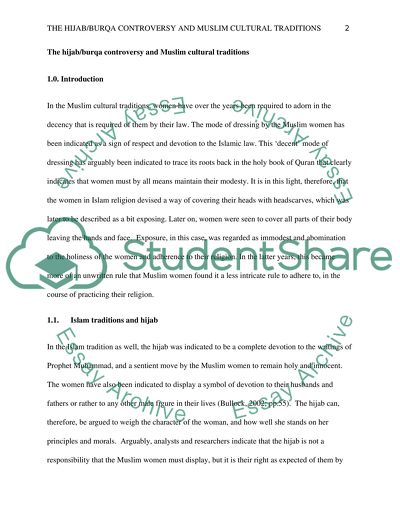Cite this document
(“The hijab/burqa controversy reflects a lack of understanding of Muslim Essay”, n.d.)
The hijab/burqa controversy reflects a lack of understanding of Muslim Essay. Retrieved from https://studentshare.org/religion-and-theology/1402133--the-hijab-burqa-controversy-reflects-a-lack-of
The hijab/burqa controversy reflects a lack of understanding of Muslim Essay. Retrieved from https://studentshare.org/religion-and-theology/1402133--the-hijab-burqa-controversy-reflects-a-lack-of
(The hijab/Burqa Controversy Reflects a Lack of Understanding of Muslim Essay)
The hijab/Burqa Controversy Reflects a Lack of Understanding of Muslim Essay. https://studentshare.org/religion-and-theology/1402133--the-hijab-burqa-controversy-reflects-a-lack-of.
The hijab/Burqa Controversy Reflects a Lack of Understanding of Muslim Essay. https://studentshare.org/religion-and-theology/1402133--the-hijab-burqa-controversy-reflects-a-lack-of.
“The hijab/Burqa Controversy Reflects a Lack of Understanding of Muslim Essay”, n.d. https://studentshare.org/religion-and-theology/1402133--the-hijab-burqa-controversy-reflects-a-lack-of.


